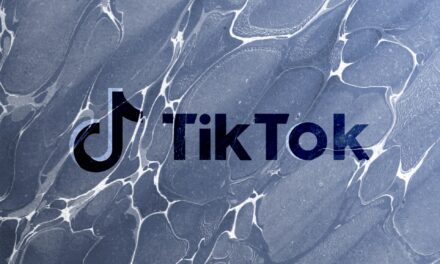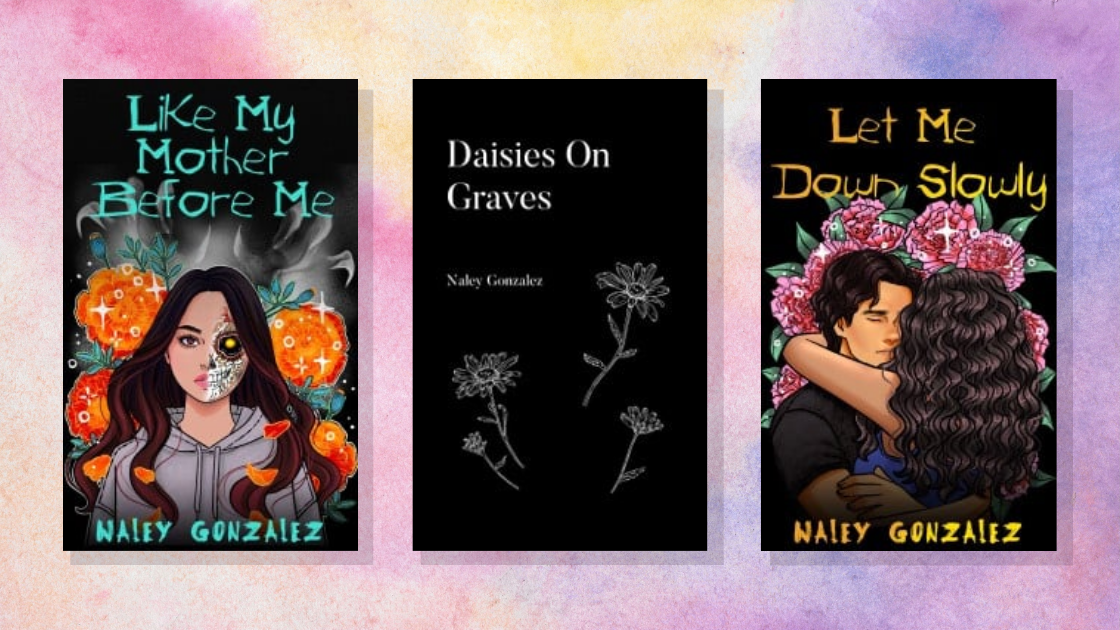
4 Strategies For Writing Convincing Dialogue

When it comes to writing convincing dialogue for a story, it’s important to make it believable. Believable doesn’t mean “lifelike,” though. So what does it mean?
Dialogue is an essential element to writing an interesting story—it brings life and voice to your characters and moves the plot forward. But how can you write dialogue that feels authentic? What strategies do you need to use to make conversations between people sound as real as possible on the page?
Give your characters unique voices
In dialogue, you want each character to have a distinct voice. That means they won’t all sound alike or use the same words and phrases. Dialogue should reflect the personality of each character and it should be consistent with the tone of your story and age-appropriate for each speaker.
Word choice is very important. Sentence structure tells you which character is speaking and what mood they’re in. For example, in one of my favorite series, Outlander, you can almost always tell when certain characters are speaking without even looking at the attribution tags. Fergus Fraser, a Frenchman adopted by a Scot, and his wife Marsali, are among the most recognisable characters in the story. Because Fergus has a French accent when he speaks and his wife has a Scottish accent, it’s easy to tell their dialogue apart when simply scanning the page.
The above example is on the extreme end of the scale, and not every story will give every character a unique accent. But that doesn’t mean you can’t still give your characters unique voices. Just make sure their speech patterns match their personalities. If one character is shy and reserved, they’ll probably speak slower than someone who is more outgoing or brash, for example. Other examples might be using contractions when appropriate for natural-sounding speech, or other regional colloquialisms unique to your characters.

To tag, or not to tag?
Dialogue tags can be used in a variety of ways, and how and why you use them will depend a lot on the type of story you’re writing, the genre, and your target readers.
In the Harry Potter series, for instance, J. K. Rowling typically uses simple “said” tags so the reader can primarily focus on the spoken dialogue and largely ignore the rest of the sentence that falls outside the quotation marks. This is one technique that makes this book an easy read, especially for younger readers.
Meanwhile, in books like Outlander, Diana Gabaldon focuses on including action within her dialogue so that, as the reader goes along through the narrative, they always have a clear picture of where the characters are and what they’re doing. For this reason, the series reads as a highly visual, high-action story.
Here is an example scene that could be very boring if it weren’t for the description mixed in to help orient the reader:
“What is it the laddie swallowed, I wonder?”
“This.” Brianna spotted the object, half buried under fallen leaves, and plucked it out. “It looks like a button.” The object was a lopsided circle, crudely carved from wood, but indisputably a button, with a long shank and holes bored for thread.
“Let me see.” Jamie held out a hand, and she dropped the button into it.
“You’ll no be missing any buttons, will ye, Ian?” he asked, frowning at the small object in his palm.
Ian peered over Jamie’s shoulder, and shook his head. “Maybe Fergus?” he suggested.
“Maybe, but I dinna think so. Our Fergus is too much the dandy to be wearin’ something like this…”
Even just reading this simple excerpt, you can clearly see Jamie’s distinctive manner of speaking. His Scottish accent is strong, and he is clearly educated and intelligent. The dialogue is also action-led, alternating between longer points of action and simple dialogue tags.

Know your characters
Having a good grasp of your characters, who they are, and how they fit into your story setting is the best way to make sure you give them unique voices, and therefore, are writing convincing dialogue.
If you have two characters who are both from the same place, working in the same industry, and going through similar problems, it’s an easy trap to fall into that their dialogue will sound too similar and repetitive. But knowing that each character has a unique background gives them a different outlook, and ultimately will provide a unique way in which they can speak or think about things.
Knowing your characters’ goals, desires, and obstacles also helps when writing dialogue. It lets your characters engage in conflict with one another because of these differences in desires and motivations; it’s how characters agree or disagree and how they express those things that are often the best markers of convincing dialogue. A conversation is a give-and-take, so knowing which side of the conversation each character falls on is essential.
Learn by reading
Writing convincing dialogue is definitely a skill that takes time and effort to develop, but like all aspects of writing, the best way to learn is through reading.
As you read books that are similar to the one you’re writing, you’ll read many different kinds of dialogue. As you read, pay attention to the author’s word choices in the conversation, dialogue tags, and surrounding descriptions and action.
For some additional dialogue education, I also highly recommend re-reading books that have dialogue you like. Listening to them as professionally recorded audiobooks can also be an interesting exercise too as it will give you a different perspective and interpretation of the same lines.































